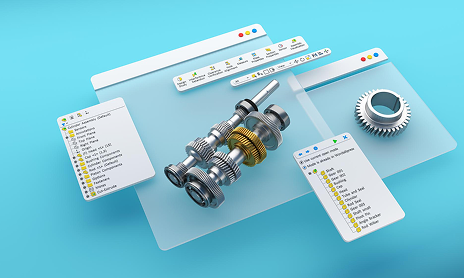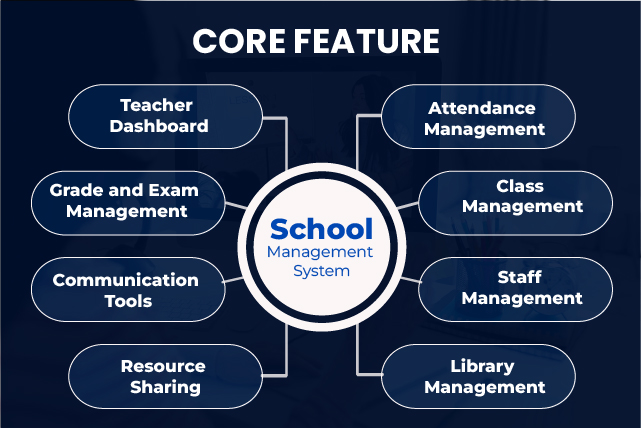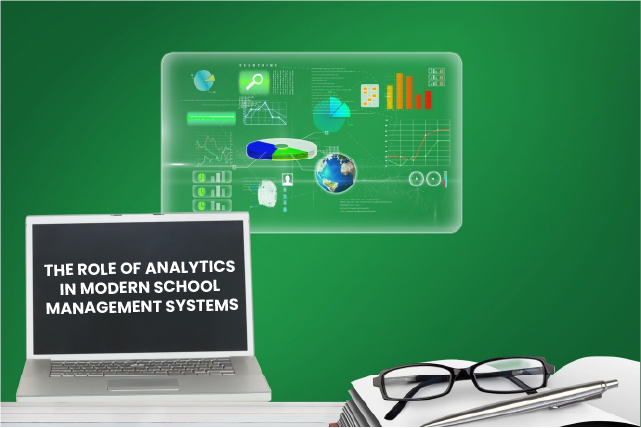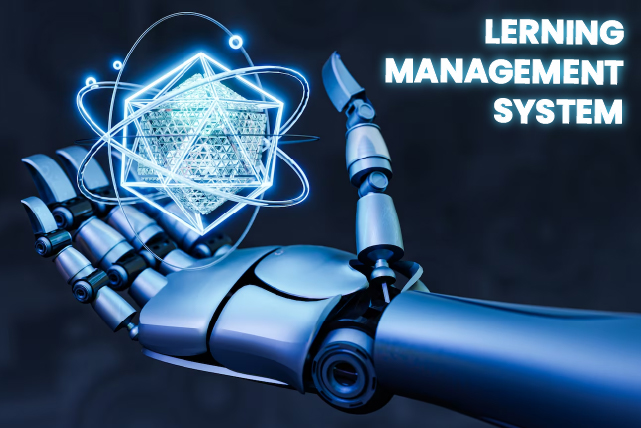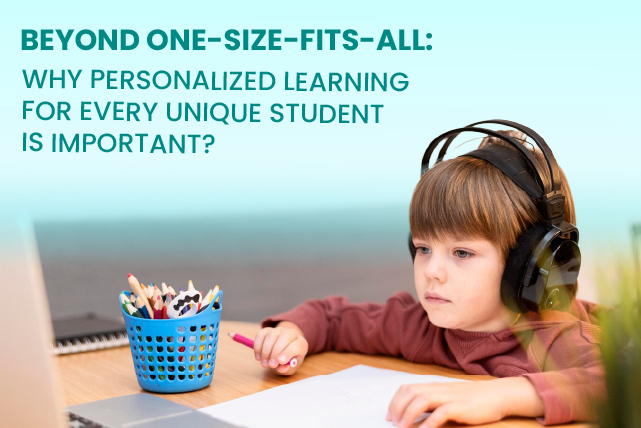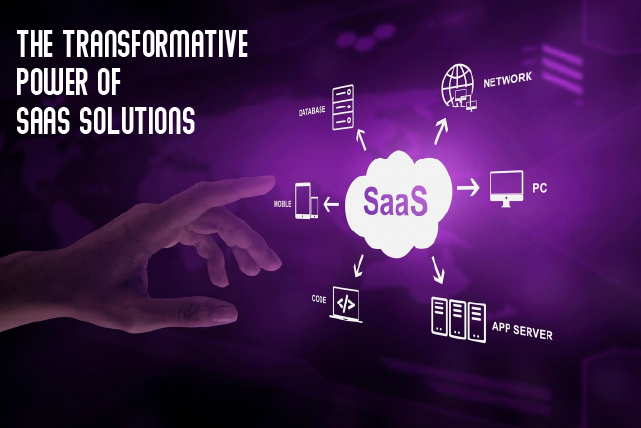
The Future of SaaS in Education: LMS, SMS, and CRM Leading the Way
Software as a Service (SaaS) has penetrated different industries, providing clients with more flexibility, affordability, and opportunities in various fields, and the education industry is no exception.
Currently, the global SaaS market in education is valued at $23 billion and is expected to grow beyond $30 billion by 2026 as institutions adopt intelligent and efficient cloud solutions. This shift is attributed to the need for easy-to-use tools in administration, learning, and acquisition of detailed data on student progress from educators, learners, and parents.
Leading this change are Learning Management Systems (LMS) and School Management Systems (SMS), including customer relationship management systems (CRM). The ones mentioned above enhance operations every day and redesign education delivery. LMSs provide differentiated educational solutions; SMS conveys various essential organizational functions; CRMs enhance the interaction between schools and other parties. Together, they bear major responsibility for making education more flexible and considering the needs of all those concerned.
This blog seeks to reveal how these SaaS tools contribute to the future of education, the advantages and disadvantages of SaaS, and the possibilities that future SaaS educational tools hold for educational establishments globally.
The Growing Demand for SaaS in Education
This brings us to the first issue of using SaaS, which is the scalability and accessibility of the software. SaaS solutions allow schools and universities to grow businesses and save money on "on/offshore" IT investments. This is especially relevant because educational institutions are only developing and expanding year by year. Additionally, access to any place is possible; thus, it can work well with remote learning and global collaboration. For instance, cloud-based School Management Systems (SMS) enable schools to effectively cater to large student enrollments using technology tools like enrollment, grading, and attendance, irrespective of location.
The huge demand for SaaS is also explained by its cost-effectiveness. Conventional software comes at a high initial cost, consumes a lot of hardware resources, and demands more time. While traditional software systems have relatively higher initial investments, SaaS has relatively low investments.
The current model of paying for the service by subscription ensures that educational institutions – small or large universities – choose how much service they require about their budget. This flexibility makes it easier for the SaaS model to help small and large institutions gain access to the tremendously powerful tools they need without breaking the bank. Therefore, SaaS is gradually being adopted by many educational institutions to manage their IT service provision.
How LMS is Shaping the Future of Learning
A Learning Management System (LMS) is an application that tracks and supports delivering educational content and learning activities. It also allows the educator to share lesson plans based on videos and other informative items, such as random quizzes or assignments.
LMS platforms monitor students' progress; thus, they offer updated data on their performance and participation. Also, they encourage interaction through discussion forums, group tools, and manager feedback. Mobile-friendly learning management systems allow increased flexibility and convenience as they allow students to learn from the system at their convenience and at any location. They are used in most schools, universities and business organizations in their training courses to improve learning and organizational procedures.
Features of LMS:
· Content Management: It generates and categorizes Into files, films, and activities, including tests.
· Tracking and Reporting: Observes students' or employees' progress, activity, and performance.
· Assessment Tools: These are used to assess learning outcomes, including tests, quizzes, and assignments.
· Mobile Learning Support: This guarantees its working option on the pocket gizmos, including smartphones and tablets.
· Gamification: Applies game techniques, including using incentives and tasks.
· Interactive Learning: It supports the generation of discussion forums, peer-to-peer communications, and shared projects.
· Integration Capabilities: It integrates well with other solutions, including the Customer Relationship Management (CRM) systems or the Student Information Systems (SIS).
CRM’s Impact on Education Institutions
CRM in the education sector is defined as the system that assists institutions in managing relations and communication with students, prospective students, alums, and Donors. It can automate communication processes, monitor student enrollment, and increase student participation. CRM tools cover all student contacts, starting from enrollment and continuing throughout their study and alum relations.
Moreover, the use of CRM systems enhances the marketing domain due to its ability to divide the audience into groups and then create student retention and recruitment strategies with the help of gathered information. Some of the above-highlighted functions, like Communication tools, built-in data analysis, and third-party integrations, help Educational institutions increase organizational performance, cultivate long-term relationships, and enhance student satisfaction.
Features of CRM:
Student Lifecycle Management: It follows its visitors from their first contact through the enrollment process and even after enrolling.
Communication Management: This feature enables the sending of individualized to students, parents, and donors using email, SMS, or notifications.
Donor Management: In charge of product offering, product market communication, and tracking the performance of products in the market.
Marketing and Enrollment Tools: Applies quantitative research to improve approaches to recruiting audiences.
Integration with Other Systems: Integrates with LMS, SMS, and others to exchange information.
Data Analytics: Delivers engagement, retention, and performance recommendations.
Automation: Saves time by handling follow-ups and reminders and constantly updating the status of the formed contracts.
SMS's Role in Streamlining Educational Institutions
The school management system is a software application that helps organize and automate numerous school activities. Most of the basic requirements in a class, such as setting up class schedules, dealing with examinations, and dealing with fees, are effectively assisted by SMS.
They also include messaging platforms through which integrated teachers, students, and parents can be updated on class performance and attendance. Through resource plans, timetables, performer lists, and performance analyses, SMS can help facilitate essential aspects of school management so that schools can run effectively and efficiently, maximizing their departments' productivity.
Features of SMS:
· Student Information Management: Tracks students'students' class performance, attendance records, and other personal information.
· Timetable and Scheduling: It also manages classes and examinations examination timetables.
· Parent and Teacher Communication: Offers channels for direct interaction and for presenting updates.
· Fee Management: Supports tuition collection, due and billing data, and other relevant information.
· Resource Allocation: Can assist in properly administrating libraries, laboratories, and other institutions in school.
· Attendance Tracking: An option is available to check student and staff attendance with alarms.
· Performance Analytics: It provides information on student and institutional performance for analysis in decision-making.
The Benefits of Integrating LMS, SMS, and CRM
Integrating LMS, SMS, and CRM benefits all educational institutions by allowing data interchange at its best level. A single student record across these platforms helps get a full picture of students' performance.
The Key Benefits Include:
· LMS can be connected to any SMS used to take attendance, so teachers should be able to note learning patterns that may influence a child’s achievement and take necessary action in good time.
· The second advantage is more significant: usability is improved. If people use single sign-on SSO capabilities, educators and administrators can enjoy all platforms by signing in once instead of switching between accounts. These simplifications lead to enhanced efficiency, eliminate technical obstacles, and provide availability to all stakeholders.
Since SaaS technologies are constantly developing, integrated platforms can be easily adapted or aligned with other EdTech tools as the requirements for modern learning processes change. This flexibility allows institutions to stay abreast of the developments in education to advance the institution while at the same time ensuring efficiency. These integrations mean a consummate digital habitat, enhancing the educational experience for learners, instructors, and other stakeholders.
Challenges and Solutions in Implementing SaaS in Education
Despite the numerous advantages that SaaS brings to education, there are some issues as follows:
· One issue that should be noted is the protection of data. Schools and colleges deal with a vast amount of data, such as students’ records and records of the institution’s finances, and as such, they are the most vulnerable to cyber crimes. Lacking reliable security measures, this information may undergo violation, which could lead to probable legal and image losses.
· The last problem is resistance to adopting new technologies. Many times, teachers, administrators, and students may be reluctant to change from conventional ways of learning and teaching to digital solutions, especially where they are not conversant with these products. Such reluctance might limit the enactment of SaaS platforms and their adoption among firms.
Sound solutions are needed to meet these challenges; some are provided as follows:
· For data security concerns, institutions must invest in encryption, authentication, access control, and others. Occasionally, auditing is also done, and the firm ensures it adheres to data protection laws.
· To eliminate resistance to new technologies in the implementation process, institutions should ensure staff is given the necessary training and resources to use those technologies effectively. Workshops, special tutorials, and consulting can help one calm down and strengthen one's exploitation of SaaS tools.
When these challenges are well managed, education institutions can harness the windows of opportunity offered by SaaS in education.
Conclusion
The shift from learning management systems (LMS) and school management systems (SMS) to integrate with customer relationship management (CRM) has the potential to revolutionize the future of education. From how learning delivery is enhanced through intelligent approaches to data transfer from one application to another, the system as a service transforms education for the better, meeting global benchmarks. To redesign the future of the educational system, book a demo with us today!


